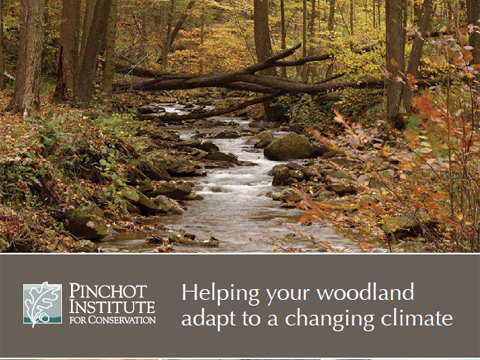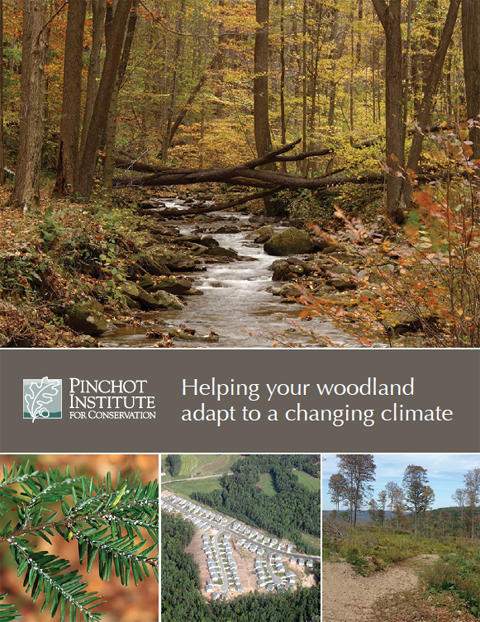News

Forest Stewardship for a Sustainable Future
Forest stewardship in the Upper Delaware River Region can help to mitigate the effects of a changing climate and save landowners time and money, according to a report issued by the Pinchot Institute for Conservation.
“Helping Your Woodland Adapt to a Changing Climate” details projected impacts of climate change on woodlands, and outlines how good forest management decisions can affect a forest’s capacity to withstand disturbances and recover afterward. Projected impacts include:
- Increasing temperatures
- Changes in rainfall and streamflow patterns
- Longer growing seasons
- Drier soil in summer and wetter soil in winter
- More invasive species, pests and diseases
- More frequent extreme weather event
Landowners are encouraged to consider what they value about their forestland, learn more about their land, contact a forester, and develop a stewardship plan to help achieve their goals. Many of the management options available are common practices that enhance wildlife, increase timber values, and create recreational opportunities.
Considering that the Upper Delaware Region is approximately 75% forestlands, and private landowners hold about 77% of the total acreage, the positive impact of good stewardship can be widespread, while increasing an owner’s enjoyment of the property and reducing the risk of future losses.
Stewardship Strategies
According to the report:
“One of the most important strategies to help Upper Delaware River Region communities and natural resources adapt to climate change impacts is to retain existing forests. These forests filter water, recharge groundwater, slow stormwater runoff, keep air and water temperatures cool in summer, and absorb air pollution (including carbon dioxide). They also provide important habitat for a variety of insects and wildlife, which need to retain access to a diversity of interconnected forests and other open space to be able to adapt to change themselves.”
In addition to information on key management options — which revolve around the choices to cut something, plant something, or do nothing — the report includes a list of organizations and resources to help landowners learn more about their woodlands.

